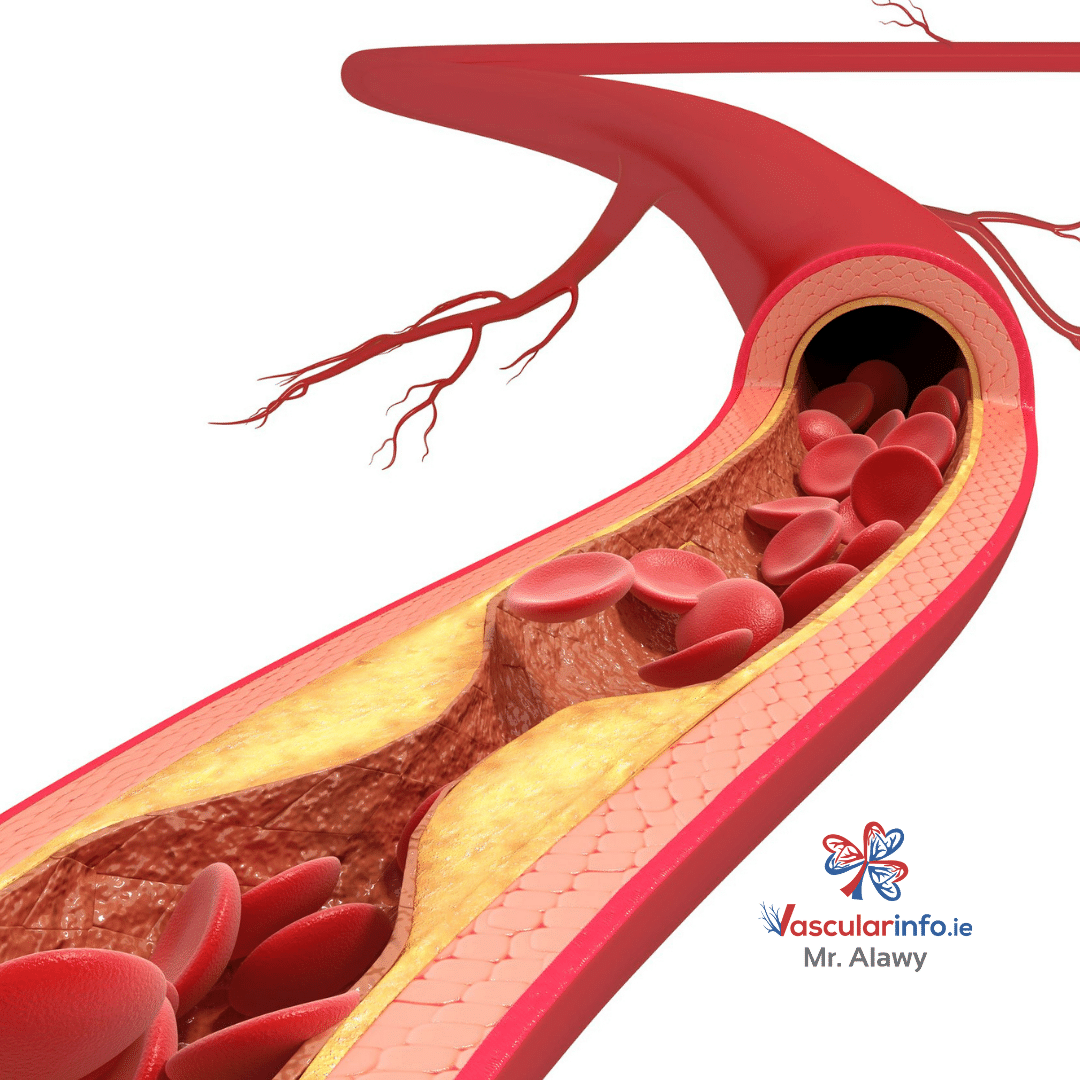Mesenteric Ischaemia: Causes, Symptoms and Treatment
This article contains all the necessary information about the causes, symptoms, diagnosis, prevention and treatment of mesenteric ischaemia. Read the article carefully to get the answers to all of your concerns
What is Mesenteric Ischaemia?
Mesenteric arteries are the blood vessels that carry oxygen-rich blood from the heart to your bowel. Ischaemia is a condition when some part of the body receives inadequate blood. Thus, mesenteric ischaemia involves blockage of the artery supplying blood to the intestine.
Due to insufficient blood supply, cells of the bowel face drastic outcomes, and permanent damage can also occur in case of significant obstruction. In case of sudden artery obstruction, you would need emergency repair surgery. However, elective surgical repairs in chronic patients substantially reduce the risks of complications.



What are the Types of Mesenteric Ischaemia?
Depending upon the timing and severity of the conditions, mesenteric ischaemia can be of two main types.
- Acute mesenteric ischemia: This emergency requires immediate interventions to prevent permanent damage to your gut. In acute cases, a previously formed clot elsewhere in the body gets dislodged from its formation point. As a result, it flows through the arteries and ultimately reaches the mesenteric arteries, where it causes a sudden blockage. It is a painful and severe condition that needs serious emergency attention.
- Chronic mesenteric ischaemia: Chronic cases mainly occur due to underlying atherosclerosis in the mesenteric artery. In that case, fatty plaques are formed inside the vessel’s lumen. It slowly increases, ultimately reaching a size that begins to show symptoms.
What are the Potential Risk Factors?
The above discussion shows that mesenteric ischemia occurs in patients with atherosclerosis. Hence, high blood cholesterol and high blood pressure are two of the most common risk factors associated with the disease. Additionally, there are some other risk factors that you need to know.
- Incidence is higher in older individuals.
- Cigarette smoking
- Heart diseases such as valvular heart disease or coronary heart disease

How does a Patient with Mesenteric Ischaemia present?
Severe abdominal pain is the classical finding in patients with mesenteric ischaemia. In acute cases, pain starts in the upper and middle parts of the abdomen. In chronic cases, the pain usually occurs after eating. Therefore, most patients are reluctant to eat and start to lose weight due to low dietary intake.
In addition to pain, some other symptoms indicate damage to the small intestine.
- Nausea, diarrhoea and vomiting
- Rectal bleeding
In severe cases, the infection can occur, which leads to septic shock.
How to Diagnose a Patient?
While developing a confirmed diagnosis, your GP will start with the medical history and physical examination to look for the signs associated with the disease. Afterwards, he will order a specific investigation to confirm the clinical diagnosis. Some of the important investigations include,
- Doppler ultrasound: It helps in visualising the Aorta and main arteries
- A CT angiography: It produces detailed images of the blood vessels inside your abdomen or pelvis and can assess different organs in your tummy that may cause abdominal pain.
- Angiography: A procedure that uses a catheter to inject a dye to visualise the diseased artery vessel.

What Are the Different Treatment Options?
- The early stage of chronic mesenteric ischemia can be treated conservatively by stopping smoking, diet modification and medication. Advanced disease with a high risk of complications may require surgical intervention.
- Acute cases of mesenteric ischemia will require emergency intervention to restore circulation to prevent permanent bowel damage.
Some of the available surgical options for the treatment of mesenteric ischemia are:
- Angioplasty: Dilatating the artery with a balloon and inserting a stent in the defective or obstructed vessel.
- Bypass surgery: This is an open operation involving the placement of a graft vessel via an incision in the abdomen.
- Embolectomy: Open surgery using a balloon to remove the clots from the main artery in some acute conditions.
- Surgical removal: In severe cases, a portion of the intestine dies and is removed via resection surgery, usually accompanied by a stoma formation
How Can You Prevent Mesenteric Ischaemia?
Prevention of mesenteric ischaemia involves lifestyle modifications that aim to reduce the risk factors to the practically minimum level. Some of the lifestyle modifications that help you to decrease the risk of mesenteric ischaemia involve,
- Keep tight control of blood glucose, blood pressure and blood cholesterol.
- Avoid smoking
- Eat healthy food
- Exercise daily
Moreover, early diagnosis of the condition also helps to prevent drastic outcomes.
What are the Complications?
Complications of acute and chronic cases are different from each other. There is a risk of infection, shock, permanent damage to the intestines or death. In contrast, chronic mesenteric ischaemia involves the increased fear of eating in the patient, which leads to unnecessary weight loss. Chronic ischemia may shift into acute and lead to drastic outcomes in some uncontrolled cases.



